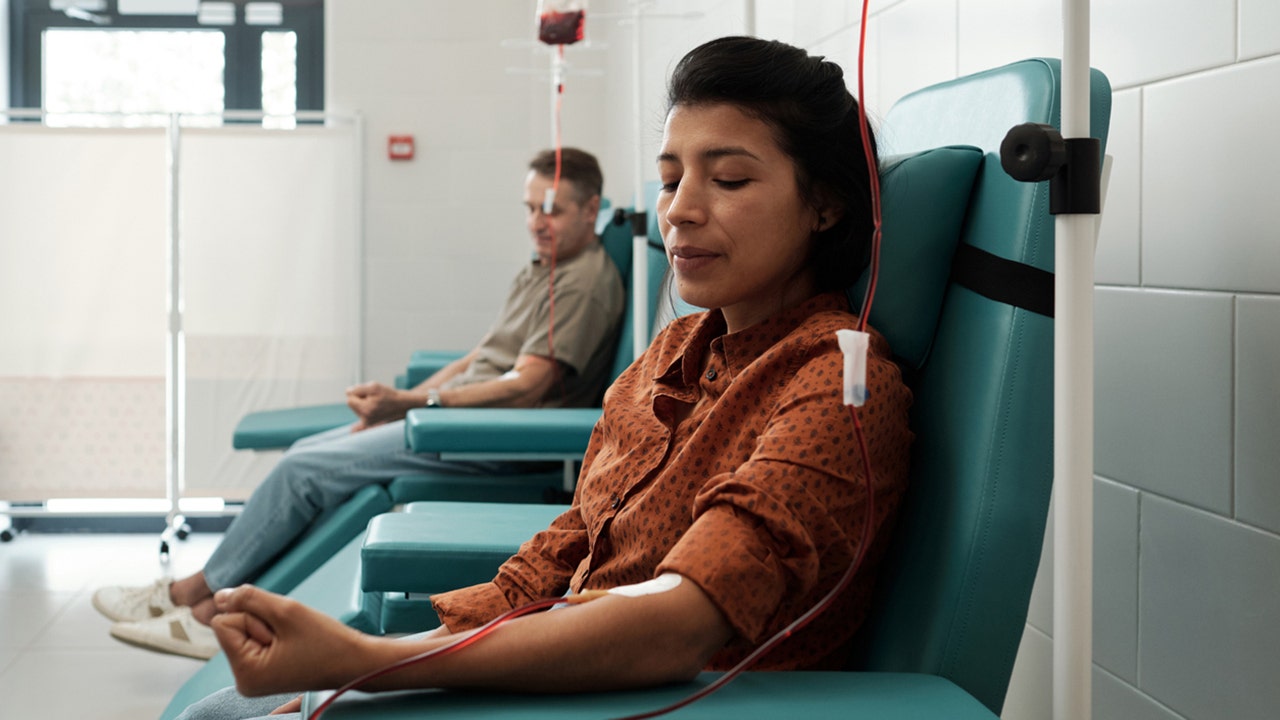Medical breakthrough could make blood-contacting devices safer: researchers

Researchers from the University of British Columbia (UBC) have made a significant breakthrough in the field of medical device safety. They have developed a groundbreaking coating that has the potential to make medical devices much safer for millions of patients. This new coating could reduce the risk of thrombosis and dangerous bleeding, which are common concerns for individuals using various medical devices.
The innovative material, designed for tubing in medical devices, mimics the natural behavior of blood vessels. By imitating the body’s own mechanisms to prevent clotting, this coating allows for the safer use of blood-contacting devices such as catheters, stents, blood-oxygenation machines, and dialysis machines.
One of the key advantages of this new coating is its ability to reduce the need for high doses of blood thinners, which are typically prescribed to prevent clots in machine users. While blood thinners can be effective in preventing clots, they also increase the risk of dangerous bleeding. By designing a coating that mimics the body’s natural approach to preventing clots, the researchers have created a solution that could significantly reduce the need for risky blood thinners before and after patients use these devices.
Dr. Jayachandran Kizhakkedathu, a professor of pathology and laboratory medicine at UBC, believes that this discovery could be a transformative step in the development of safer medical devices. The research, published in the journal Nature Materials, confirms that mimicking the body’s own mechanisms is crucial for designing truly biocompatible devices.
Kizhakkedathu emphasized the importance of developing materials that can inherently avoid coagulation activation, as most synthetic materials activate blood upon contact. This new coating acts as a soft barrier that attracts a key blood protein to prevent clotting, offering a promising solution to the long-standing challenge of preventing thrombosis and inflammation in medical devices.
While this development is still in the early stages and requires further research in more challenging cases and animal models, there is hope that it will inspire other scientists in the field. Ultimately, this innovative coating could lead to the creation of highly improved medical devices where thrombosis concerns are no longer a major issue.
In conclusion, the groundbreaking coating developed by researchers at UBC has the potential to revolutionize the field of medical device safety. By mimicking the body’s natural mechanisms to prevent clotting, this innovative material could significantly reduce the risk of thrombosis and dangerous bleeding for patients using various medical devices.




